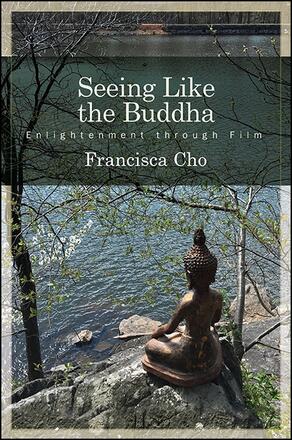
Seeing Like the Buddha
Enlightenment through Film
Alternative formats available from:
Considers film as a form of Buddhist ritual and contemplative practice.
Description
In this important new contribution to Buddhist studies and Buddhist film criticism, Francisca Cho argues that films can do more than simply convey information about Buddhism. Films themselves can become a form of Buddhist ritual and contemplative practice that enables the viewer not only to see the Buddha, but to see like the Buddha. Drawing upon her extensive knowledge of both Buddhism and film studies, Cho examines the aesthetic vision of several Asian and Western films that explicitly or implicitly embody Buddhist teachings about karma, emptiness, illusion, and overcoming duality. Her wide-ranging analysis includes Spring, Summer, Fall, Winter … and Spring (South Korea, 2003), Nang Nak (Thailand, 1999), Rashomon (Japan, 1950), Maborosi (Japan, 1995), and the films of American Terrence Malick.
Francisca Cho is Associate Professor of Buddhist Studies at Georgetown University. Her books include Religion and Science in the Mirror of Buddhism (written with Richard K. Squier) and Embracing Illusion: Truth and Fiction in The Dream of the Nine Clouds, also published by SUNY Press.
Reviews
"Clearly and creatively written, this forms part of Cho's large contribution to the growing field of Buddhist film studies … Cho makes it clear from the outset that she wishes to use Buddhism as the starting point for a mode of analysis, rather than as the object of analysis. Such a move is brave and a welcome intervention. " — Reading Religion
"…a very valuable contribution to the field … Cho's goal is to argue that film can train us to see like the Buddha by teaching us to see differently. This is not merely what the book argues but also what it does. In other words, like film itself, Cho's Seeing Like the Buddha teaches us how to see differently—and that is a deeply worthwhile and rewarding exercise. " — H-Net Reviews (H-Buddhism)